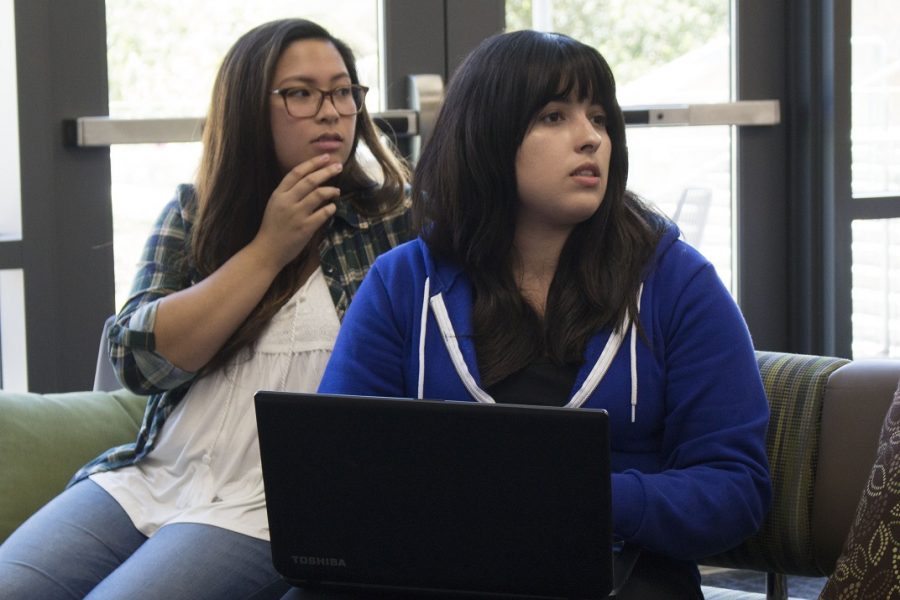Cross-Cultural Center holds AsianPacific Islander discussion on misrepresentation
April 13, 2016
With Asian-Pacific Islander (API) Heritage Month coming up in May, many cultural organizations at CSUSM are turning attention towards the experiences of APIs in the U.S.
The Cross-Cultural Center held the API (Mis)Representation discussion during U-Hour on April 12, providing a space for students, staff and faculty members to discuss the portrayals of APIs in the U.S.
Shane Anderson, a first-year graduate student, started the conversation by asking participants, “How well represented are Asian actors in the entertainment industry?”
Danielle Guevarra, a second-year student, said, “I always notice that in TV shows or movies, an Asian actor will always be playing a doctor or some sort of tech guy or someone who’s good at math and there’s not a lot of range away from that.”
Student Nicolet Ramirez agreed with Guevarra’s statement and said, “They’re usually the token character. It seems like their only purpose is to represent a specific culture or group which basically defeats the point of their culture because I feel like they can’t further advance because they’re reinforcing a stereotype.”
When Anderson asked participants what came to mind when thinking of Asian actors, actresses, internet stars, shows, movies, etc., Criselda Yee, President of the Asian American and Pacific Islander Faculty Staff Association, said, “There was a show that only last a year…called ‘Selfie…’ and it was the first time an Asian American man actually had a romantic lead role and they actually said there was promise but … it wasn’t on the mainstream network, and they cancelled it before the show could blossom.”
Following up with the lack of opportunities for Asian American males to be portrayed as romantic lead characters, Mine Her, an Employer Relations Specialist for IITS, said, “Now looking back at it, it’s kind of always been the case. It’s always been—there’s a male Asian lead and it never really follows through.”
However, YouTube has been an outlet for those who are marginalized in the media to control how their groups and cultures are portrayed.
“YouTube has actually been a good outlet to promote a lot of Asian American media, like Wong Fu Productions … they’re doing a lot with the film industry and spreading awareness and they have a large fan base and so they’re giving an opportunity for API representation,” said Ramirez.
Acknowledging the influence media can have on Asian-Pacific Islanders, Her said, “For me, I was fortunate enough to grow up in San Diego where it’s very diverse and there was a lot of communication, so for me, identity crisis was never a thing. But I’ve been to different parts of the country where it’s a smaller town where there may be a smaller group of Asians compared to the majority and the media does really influence the way they think about themselves.”
For those who grow up in communities where their culture isn’t strongly represented, they may face microaggression, a term referencing the common ignorant comments or actions aimed towards people of color, whether intentional or unintentional.
“It’s kind of keeping you in your place and making it visible to you that you’re the Asian in the group, you’re the minority,” said Anderson.
With misconceptions of Asian-Pacific Islanders prevalent in the media, those who identify with the culture aim to break the cycle of misrepresentation imposed upon them.






